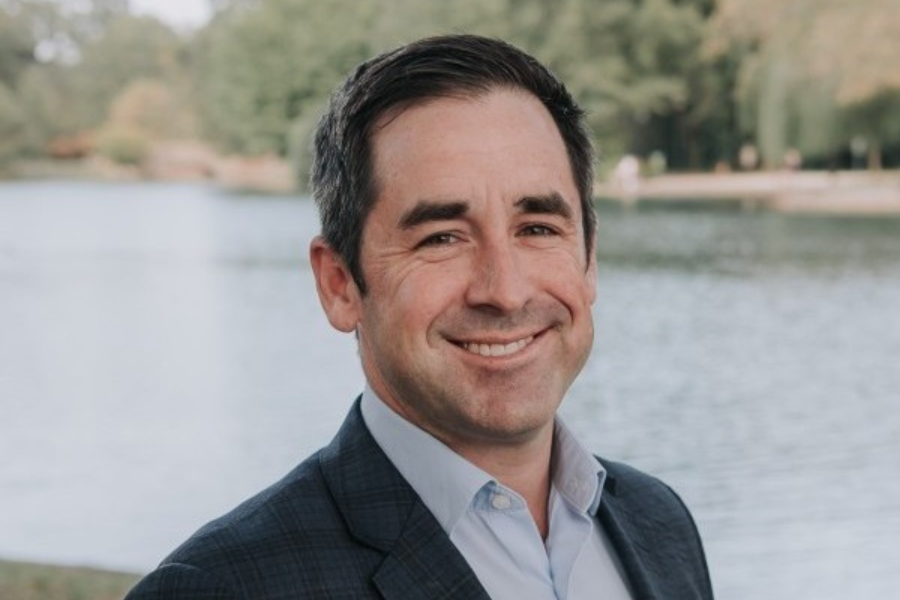

If you’re considering building your own firm, Corey Walen’s comparison of building a brand-new RIA to building a race car from scratch just might entice you.
“You choose your chassis, which is your custodian - Schwab, Fidelity, Pershing, Altruist - and then from there, you're literally building every aftermarket part to your exact specifications on top of that chassis to build your race car the exact way that you want it,” the independent consultant from Bridgemark Strategies said in a GoRIA podcast with Chuck Failla, CEO of Sovereign Financial.
Not only does building the race car come with advisors’ preferences, they also have “ultimate flexibility” when it comes to compliance. “There's a humongous difference between what the SEC says you can do with your clients and what a company is comfortable policing across 5,000 of their financial advisors,” he said.
The main downside to building the car, he highlights, is ultimately needing a pit crew to maintain it, and the extra time it takes tending to the car. For example, advisors will need to meet with specific companies and work together to have an SEC audit.
He added a lot of financial advisors who blindly make a transition to plug into a larger RIA can also automatically feel like they're going to own their business.
“If they left, nobody is going to call to compete for that business. They can serve their clients the way that they want to, how they want to, as long as it makes sense from a compliance standpoint. They have complete free rein.”
However, there are pitfalls advisors might face if they want to tuck-in, which means joining forces with a larger RIA. Walen says there has been some restrictive covenants in contracts and plug-in RIAs where the firms will take ownership of the advisor's clients, ultimately putting themselves in the same situation as they were in before.
That's why Failla cautions advisors plugging into an RIA to make sure they have full ownership, in addition to there being no non-compete or no non-solicits, and to ensure they have a clause in their contract that states these two things.
“You have absolutely every right to take your clients and make sure you can stay with that custodian,” he says. “You do not want to bring over 500 accounts, start growing an RIA and have to repaper to another custodian.”
Failla is quick to point out that another pitfall advisors might face are fees. He says advisors should regularly be asking themselves “What is my true net payout?”
“In other words, what are all the fees that you're paying? What are all the fees that your client is subjected to and then what ends up in your bank account? We see those true net payouts getting down to 60 or 70 percent when the advisor thought he or she was getting a 92 percent payout,” he added.
“When you're really peeling back those layers of the onion, is it really a 92 percent payout? Almost always it's not.”
Walen says one of the big benefits of the RIA side is once advisors are at a custodian, they have every right to stay there. If advisors start out in a tuck-in RIA, they can begin to understand the space and can start to plug into the scale offerings from one of the larger RIAs.
“Whether it's low cost, asset management, or marketing capabilities, or virtual admin support. Whatever it is to help your race car drive faster and grow,” he says. “When you get to that critical mass of $500 million, or wherever it is that you feel that you want to get to, it’s really easy to open up your own RIA and you can do it all simultaneously, while you're taking care of your clients. It’s minimal business disruption, it's minimal client disruption.
“There's nothing wrong sometimes with taking multiple leaps on the lilypad, to get where you want to go eventually, especially if it's not disrupting your clients,” Walen added.

Driven by robust transaction activity amid market turbulence and increased focus on billion-dollar plus targets, Echelon Partners expects another all-time high in 2025.

The looming threat of federal funding cuts to state and local governments has lawmakers weighing a levy that was phased out in 1981.

The fintech firms' new tools and integrations address pain points in overseeing investment lineups, account monitoring, and more.

Canadian stocks are on a roll in 2025 as the country prepares to name a new Prime Minister.

Carson is expanding one of its relationships in Florida while Lido Advisors adds an $870 million practice in Silicon Valley.
RIAs face rising regulatory pressure in 2025. Forward-looking firms are responding with embedded technology, not more paperwork.
As inheritances are set to reshape client portfolios and next-gen heirs demand digital-first experiences, firms are retooling their wealth tech stacks and succession models in real time.
